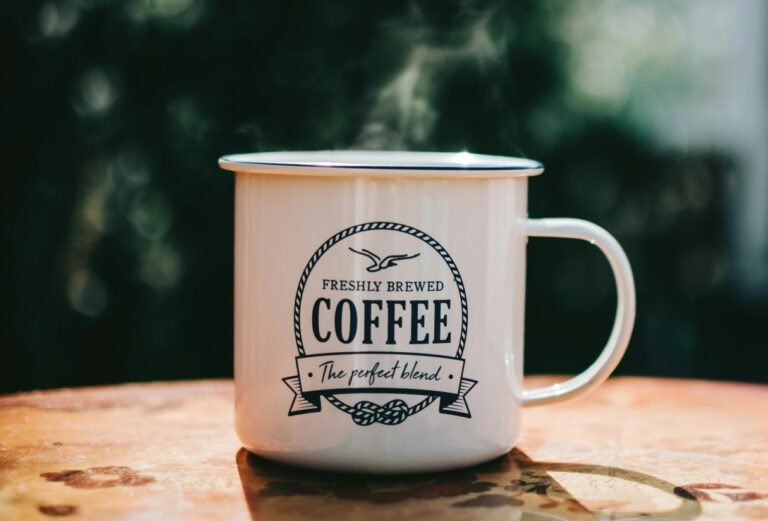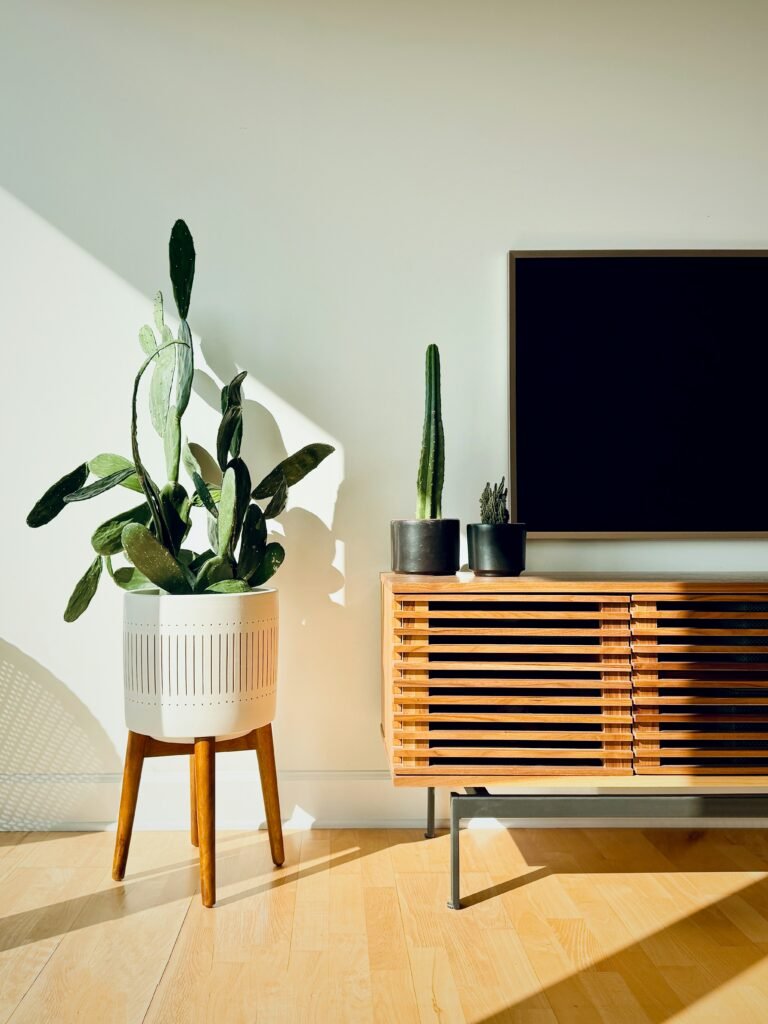Step into the world of vintage kitchenware, where history meets modern cooking fun and every piece tells a story.
Introduction
Vintage kitchenware charms many home cooks. Cast iron skillets and colorful Pyrex dishes have a rich past. Experts at The Culinary Institute of America note that these items show lasting quality. This guide helps you find, care for, and use vintage kitchen items in today’s kitchen.
We explain how to spot valuable pieces and blend old styles with modern convenience. Whether you are a seasoned collector or a new fan, you will learn tips and tricks to enjoy vintage tools.
The Appeal of Vintage Kitchenware
Vintage kitchen items hold a special appeal. They bring a mix of beauty, history, and practicality to your kitchen.
Quality and Durability
Old kitchen items are built to last. They often have superior craftsmanship and tough materials.
Unique Aesthetic
Retro tools show distinct designs and bright colors that add charm to your space.
Nostalgia Factor
Many people enjoy the warm memories these items bring from family gatherings and home-cooked meals.
Eco-Friendly Choice
Using vintage items helps reduce waste. You embrace a sustainable way to cook.
Potential Investment
Some vintage pieces grow in value over time. They are both practical and can be smart investments.
Identifying and Collecting Vintage Kitchenware
Start your collection with the right knowledge. Below are steps to help you identify and collect vintage items:
Popular Categories of Vintage Kitchenware
- Cast Iron Cookware: Skillets, Dutch ovens, and griddles from trusted brands like Griswold and Wagner.
- Pyrex and Fire-King Glass: Colorful baking dishes, mixing bowls, and storage containers.
- Enamelware: Pots, pans, and coffee pots with unique finishes.
- Small Appliances: Mixers, toasters, and blenders from brands like Sunbeam and KitchenAid.
- Utensils and Gadgets: Potato mashers, egg beaters, and other classic tools.
- Dinnerware and Serving Pieces: Vintage china patterns and serving platters.
How to Identify Authentic Vintage Pieces
- Research Makers’ Marks: Learn the logos and stamps used by manufacturers.
- Study Design Elements: Notice the patterns, colors, and styles from different eras.
- Examine Construction: Look for age-appropriate wear and joinery.
- Use Online Resources: Sites like Replacements.com can help verify details.
Pro tip: Focus on one category or era first. This helps build your expertise without feeling overwhelmed.
Where to Find Vintage Kitchenware
- Antique Shops and Flea Markets: Great for screening pieces in person and finding bargains.
- Estate Sales: Often have high-quality, well-preserved items.
- Online Marketplaces: Sites like eBay, Etsy, and Ruby Lane offer a wide range.
- Thrift Stores: Find hidden gems at an affordable price.
- Specialty Auctions: Look for rare or high-end collectibles.
Tips for Smart Collecting
- Set a Budget: Decide on spending limits early to avoid impulse buys.
- Condition Matters: Check for chips, cracks, or excess wear.
- Authenticity is Key: Watch out for reproductions sold as genuine.
- Consider Storage: Make sure you have room to display and store your finds.
- Document Your Collection: Record purchase dates, prices, and histories.
Caring for Vintage Kitchenware
Proper care keeps your vintage pieces useful and pretty. Follow these tips for different materials:
Cast Iron Care
- Cleaning: Use hot water and a stiff brush. Skip the soap for well-seasoned pans.
- Drying: Dry thoroughly and heat lightly on the stove to remove moisture.
- Seasoning: Rub a thin layer of oil and heat to build a non-stick surface.
Glass and Enamelware
- Gentle Cleaning: Use mild soap and a soft cloth.
- Temperature Changes: Let items reach room temperature before washing to avoid cracks.
- Storage: Layer items with cloth or padded dividers to prevent chips.
Metal Utensils and Gadgets
- Cleaning: Hand wash with mild soap and dry right away to stop rust.
- Polishing: Use the proper metal polish but avoid too much shine on plated items.
- Lubrication: Apply food-grade mineral oil to moving parts to keep them smooth.
Vintage Appliances
- Safety First: Get old electrical items checked by a professional.
- Cleaning: Follow the maker’s instructions or use a mild cleaner.
- Maintenance: Oil moving parts and inspect cords regularly for damage.
Pro tip: When in doubt about cleaning, check a collector’s guide or ask an expert to avoid damage.
Using Vintage Kitchenware in Your Modern Kitchen
Using vintage items can boost both your cooking skills and your kitchen style. Here are some ways to mix old with new:
Functional Integration
- Cast Iron for Everyday Cooking: Use old skillets for frying eggs or baking cornbread.
- Pyrex for Baking and Storage: Serve casseroles or hold leftovers in colorful dishes.
- Enamelware for Stove-to-Table: Cook and serve meals using these durable pots.
- Utensils as Functional Decor: Hang vintage tools on racks for easy use and decoration.
Decorative Display
- Open Shelving: Display your vintage finds on open shelves to share their story.
- Wall Displays: Hang unique utensils as art for a warm kitchen feel.
- Repurposing: Turn vintage canisters into storage for modern items.
Mixing Old and New
- Create Vignettes: Combine vintage and modern items for an eclectic look.
- Use Vintage Serving Pieces: Enhance your meals with retro dishes and platters.
- Incorporate Vintage Textiles: Use old tablecloths or tea towels to add nostalgia.
The Joy of Cooking with Vintage Tools
Vintage kitchenware makes cooking fun and unique. It adds a special touch to your meals.
Unique Cooking Properties
- Cast Iron Heat Retention: This pan holds heat well for a perfect sear.
- Pyrex Even Heating: Its design makes it ideal for delicate dishes.
- Manual Control: Hand tools give you a closer connection to each recipe.
Recreating Classic Recipes
- Vintage Cookbooks: Pair old recipes with the tools of their time.
- Family Traditions: Use heirlooms to bring back cherished flavors.
Conversation Starters
- Dinner Party Talking Points: Share the history of vintage items with your guests.
- Teaching Moments: Let children learn about cooking and history through vintage tools.
Challenges and Considerations
Collecting and using vintage kitchenware has its rewards and its challenges.
Safety Concerns
- Lead in Old Ceramics: Avoid pre-1970s ceramics that may have lead.
- Electrical Safety: Get old appliances inspected for safe use.
- Food Safety: Clean items thoroughly before using them with food.
Practicality vs. Collectibility
- Balancing Use and Preservation: Choose which pieces to use and which to save as keepsakes.
- Replacement Availability: Consider whether parts can be replaced for old appliances.
Storage and Space
- Adequate Storage: Make sure you have room to store and show off your pieces.
- Rotating Displays: Swap items between storage and display to enjoy them all.
Conclusion
Vintage kitchenware mixes nostalgia with modern charm. Each piece carries history and offers unique benefits for home cooking.
Embrace the craftsmanship of the past. Use your vintage pieces to create new memories in your modern kitchen.
Collecting these treasures means preserving culinary history and boosting your kitchen’s character. Enjoy mixing a batch of cookies in a vintage bowl or frying bacon in an old cast iron skillet.
Ready to start or expand your collection? Check out these vintage coffee mugs: https://amzn.to/4eZ2A36
As an Amazon Associate I earn from qualifying purchases.
FAQ
How do I tell if a vintage item is real?
Look for makers’ marks, study the design details, and check the construction quality. Use online guides and resources to help verify authenticity.
What should I do before using vintage ceramics?
Ensure they are free of cracks and have been tested for lead. Clean them thoroughly before using them with food.
How can I care for vintage cast iron cookware?
Clean with hot water and a brush, dry well, and regularly season your cast iron to keep it non-stick and rust-free.
Where is the best place to find quality vintage kitchenware?
Try antique shops, estate sales, and online marketplaces. Each source has its own benefits for finding unique pieces.
Explore this topic: Coffee
Last updated on August 7, 2025








